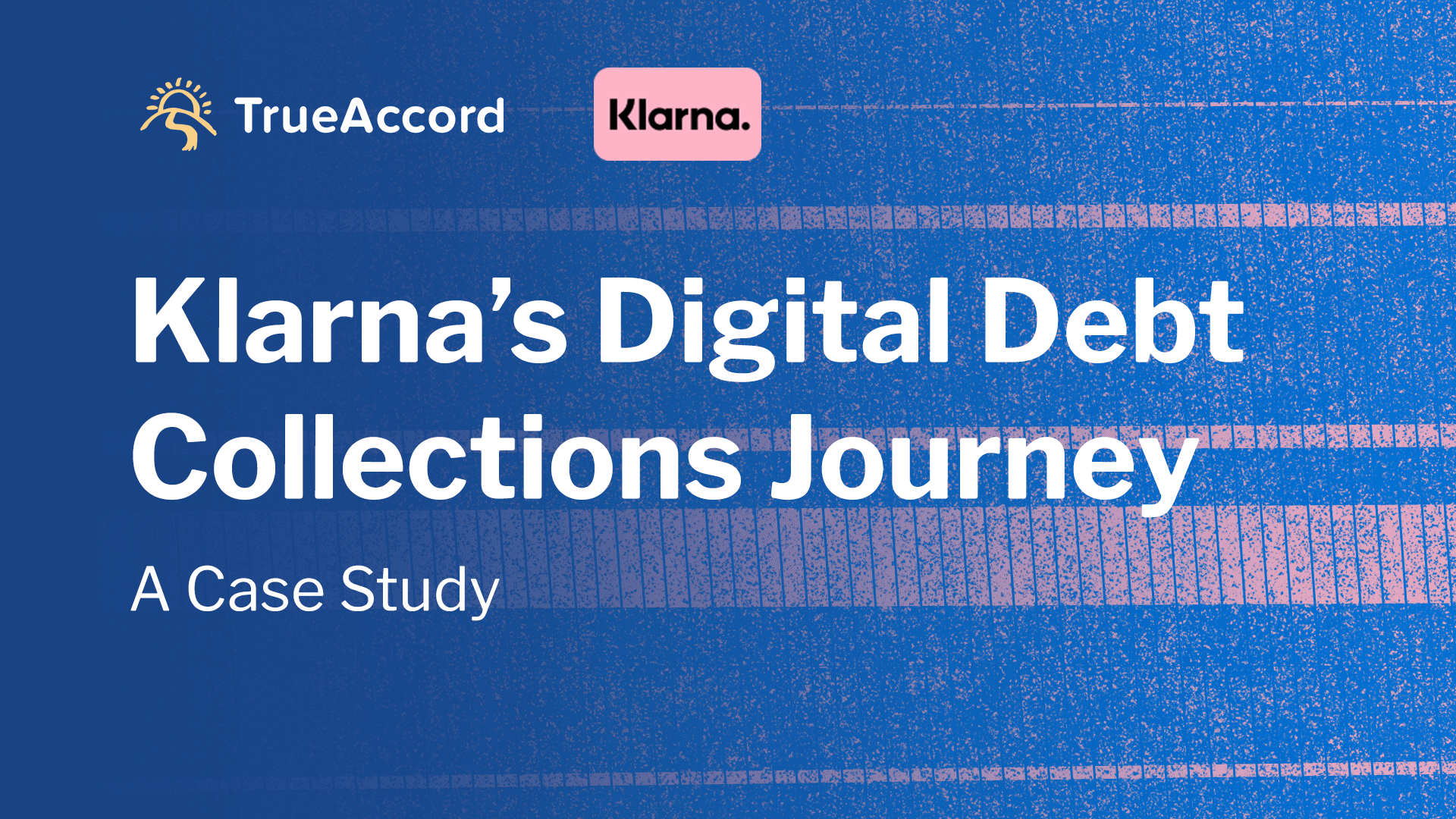
Generally, when talking about artificial intelligence (AI) in regards to medical collections, we hear about how it has automated the once-painstaking process of medical coding for billing. But why stop there? With all of its capabilities, AI has much more impressive and patient-facing applications when used to improve customer experience, especially in the healthcare industry which is increasingly digital-first and self-serve. In this post, we’ll explore how AI and machine learning can supercharge the healthcare revenue cycle by catering to consumer preferences, turning billing and collections into a seamless, efficient experience for both patients and providers.
But first: why is it necessary—and even urgent—to improve healthcare revenue management? The answer is patient expectations. Patients now expect the same type of personalized, easy-to-use experience they’ve grown accustomed to receiving from other industries, including banking, airline and retail industries. Patients are now “digital-first” and look for an end-to-end experience that allows them to handle medical-related issues on their own, often from their mobile devices. Patients can already schedule appointments, request prescription refills, receive test results, and even contact their healthcare provider directly through digital platforms. The application of digitization through AI and machine learning to other touchpoints in the patient journey, all the way through billing and collections, can improve customer experience and thereby their overall interactions and relationships with their healthcare providers.
First, digitization powered by AI and machine learning can replace manual and paper processes to speed up the recovery timeline. A 2020 report by InstaMed, a J.P. Morgan company, found that patient collections take more than a month for 63% of healthcare providers. This figure isn’t surprising when 81% of providers still leverage paper and manual processes for collections, while 75% of consumers want to receive eStatements for medical bills. The traditional method of collections does not align with consumer preferences, with more than half (54%) of consumers surveyed saying they prefer electronic communications (emails, text messages, in-app messages and live chats) for medical bills. And a majority of consumers (65%) preferred paying those medical bills digitally as well – whether online through their doctor’s or health plan’s website, their bank’s bill-pay portal or mobile apps – instead of manually. Using AI and machine learning to match the consumer’s communication and payment preferences can drastically improve the time needed to engage and collect from patients.
Second, AI-powered systems can personalize the billing and collections process and offer intuitive payment solutions for patients to achieve the best possible recovery rates. According to the InstaMed report, collecting patient financial responsibility in a timely manner was especially challenging for large patient balances, with 49% of surveyed providers reporting that they cannot collect bills of more than $400 in 30 days. Especially with multiple billers on different payment cycles, it can be difficult for a patient to set up a payment plan with terms they can successfully meet. AI can improve this experience by identifying the most efficient time, place and manner to communicate with a patient about their financial responsibility and go a step further in presenting personalized, affordable payment options.
Third, AI can be used to interface directly with clients where they are and minimize the need for waiting on hold for the next available representative, creating a more seamless, humane process and a better customer experience. AI-enabled chatbots can answer basic questions, while automation can help provide information on why claims were denied and other status updates. Empathetic customer service is important in the healthcare industry and customized customer self-service can reduce frustration for the patient and the number of service agents needed for the provider.
At TrueAccord, we use AI and machine learning to build digital debt collection solutions for billers that put customers first. By implementing behavioral analytics to predict consumer communication preferences and machine learning to create smart, intuitive processes that increase likelihood of patient repayment, TrueAccord products stay a step ahead to ensure a successful revenue cycle where both patients and providers win. To safeguard personal patient information, TrueAccord’s policies and procedures are designed to comply with all HIPAA-related requirements (Health Insurance Portability and Accountability Act), including documenting the use of protected health information (PHI) and the physical, technical, and administrative safeguards implemented to protect PHI. Learn more about how we use AI and machine learning to provide a personalized collections experience at scale here.








